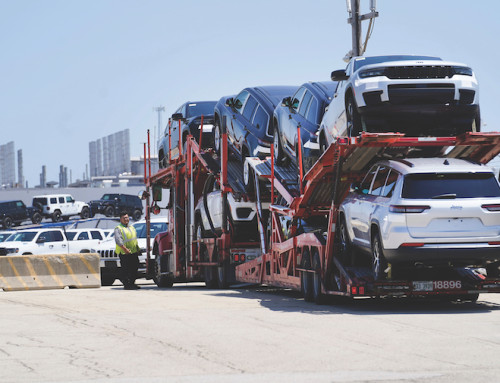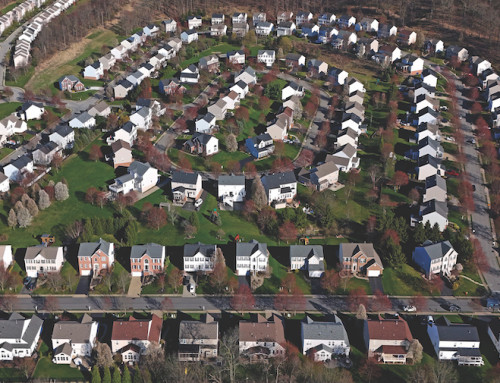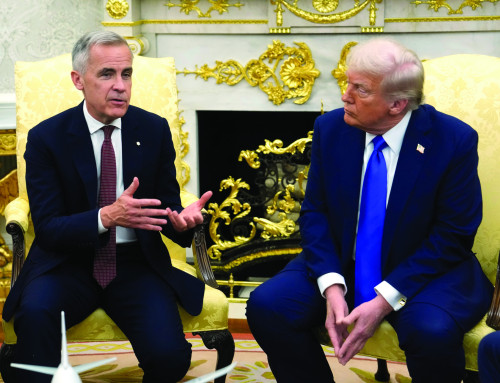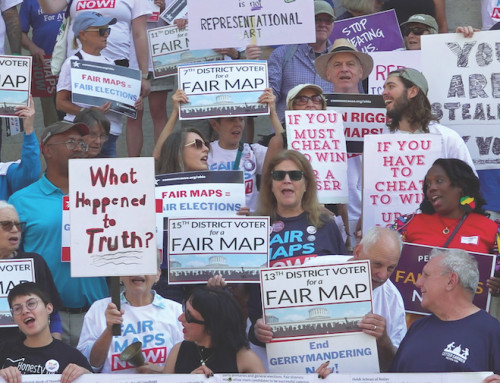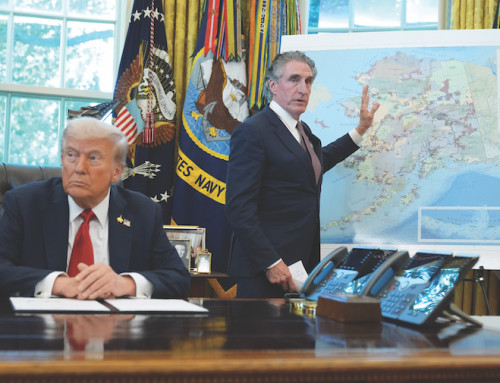Since the federal government shutdown began Oct. 1, the Federal Aviation Administration has reported air traffic controller shortages in cities across the country, from airports in Boston and Philadelphia, to control centers in Atlanta and Houston.
Flight delays have spread to airports in Nashville, Dallas, Newark and more, and already there has been an increase in unscheduled absences among security screeners at some airports. The union representing Transportation Security Administration employees says the absences haven’t caused major disruptions yet, but it warned longer lines at security checkpoints soon could become a reality after workers received their final paychecks over the weekend.
Industry analysts and union leaders say the disruptions are a reminder that the aviation system already is stretched too thin by chronic understaffing and outdated technology. They warn the cracks in the system rapidly could deepen the longer the shutdown drags on and critical aviation workers are without their regular paychecks.
“It’s like having a drought the year after you had a drought,” Greg Raiff, CEO of Elevate Aviation Group, told The Associated Press.
These concerns aren’t new. In 2019, the aviation system buckled under the weight of a 35-day government shutdown — the longest in history — during President Donald Trump’s first term.
Around the three-week mark, air traffic controllers, many of them working up to 60 hours a week, sued the government over their missed paychecks.
One terminal at the Miami International Airport was forced to close because security screeners were calling out sick in large numbers. Some even quit their jobs.
“Here we are so many years later, and the problems have not been addressed,” said aviation attorney Ricardo Martinez-Cid, a Florida Bar-certified expert on aviation law who regularly represents crash victims. “Now we’re in a worse position when we had been put on notice. We had the opportunity to address it.”
Since then, the country has faced repeated warnings. In January, a mid-air crash over the Potomac River involving a commercial jet and a military helicopter killed 67 people. A series of equipment failures and radar outages this year also highlighted the need for upgrades.
Before the latest shutdown, both the FAA and TSA already were dealing with staffing shortages. That includes a shortage of about 3,000 air traffic controllers.
Nick Daniels, president of the National Air Traffic Controllers Association, has said staffing levels have reached a “critical” point, the lowest in decades. The shortage is so severe that even a few air traffic controllers missing work can disrupt operations at already understaffed facilities.
“And on top of that,” he said, “they’re working with unreliable equipment.”
The shutdown began just as the FAA was starting to make some progress on addressing the shortage of controllers and modernizing the outdated equipment they rely on that keeps disrupting flights when it malfunctions.
The agency says it topped its goal of hiring 2,000 controllers this year after streamlining the application process at its academy in Oklahoma City, but it will take years still to eliminate the shortage. It had just begun looking for companies to help oversee a $12.5 billion effort to overhaul its aging and complex technology systems.
Now, the shutdown is delaying those long-needed efforts and union leaders say the staffing shortages may be worse by the time the government reopens.



